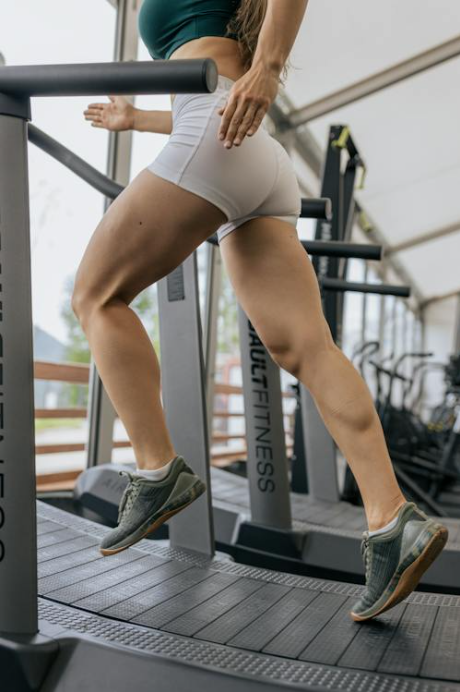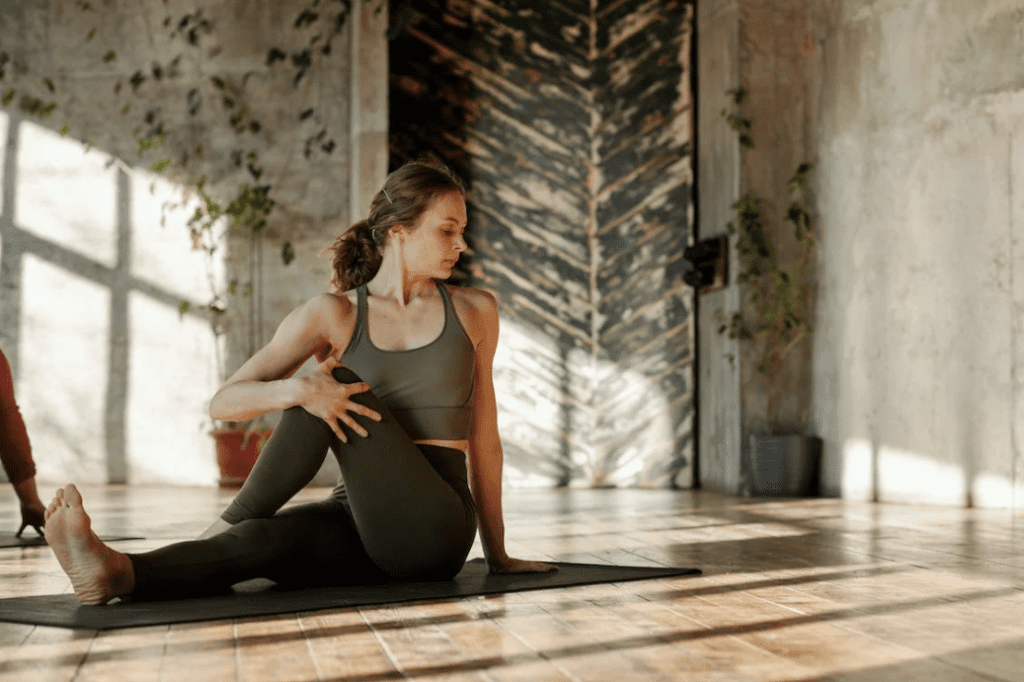When we go to the gym, many of us have the goal of creating strong, well-defined legs. And rightfully so.
Your legs are an extremely important part of achieving an aesthetic, athletic physique.
Attaining this would require us to increase our lower body strength and build lean muscle in our legs.
By lifting heavy weights, we have the ability to achieve this strongly desired, athletic physique.
Recently, my focus in the gym has been on growing my legs. I increased the frequency and intensity of my leg days while decreasing the frequency of my upper body days.
In this post, I’m going to share everything I’ve learned is essential to growing your legs.
In this post you’ll find:
Here’s everything you need to do to grow your legs in the gym:
Understand the muscles in your legs
Before you even start trying to grow your legs, it’s essential you know what part of your leg is what muscle.
Without knowing, it would be extremely hard to make significant progress and create even legs. Meaning evenly toned without any muscle imbalances.
Every part of your legs falls into one of four major, muscle groups. Your glutes, quads, hamstrings, or calves.
Understanding where these muscles are and which exercises are used to target each one is an essential.
By learning this, you can create an exercise routine and a gym split that is carefully crafted to allow for maximum muscle growth.
Essential exercises for each muscle group
There are some exercises that have been an absolute essential for me on my leg growth journey.
I wouldn’t recommend these if I didn’t think they were worth your time.
So I strongly recommend you give them a shot.
Glutes
My essential exercises for glute growth are:
1. Hip thrusts/glute bridges
2. Cable kickbacks
3. Single leg hip thrusts
4. Front foot elevated lunges
Quads
1. Squats
2. Leg extension
3. Leg press
4. Hip abductor machine (Targets the inner thigh)
Hamstrings
1. Rdls (Romanian deadlifts)
2. Hamstring curls
Calves
1. Standing calf raises (Not sitting)
You might be wondering why I don’t do conventional deadlifts since it’s a popular leg growth compound movement.
I prefer not to deadlift (other than rdls) because I think the risks outweigh the cons.
Deadlifting brings a high chance of injury especially in your back. This can lead to permanent damage that could impact you for the rest of your life.
So I chose not to deadlift. This just my personal preference. If you prefer conventional deadlifts, then go for it!

Use progressive overload
Progressive overload is extremely critical if you’re trying to build muscle.
One of the main factors in your workouts that you need in order to build muscle is intensity.
There are different ways to make your workouts intense. Most often intensity comes from lifting heavy or doing a lot of reps.
Some ways to implement progressive overload into your routine is to increase either the weight or the number of reps over consistent periods of time.
For example, every two weeks you might decide to increase your squat by 5 pounds. Or, every three weeks you might decide to push for 10 reps on your hip thrusts instead of 8.
This is what’s known as increasing the volume of your workouts and is a crucial element for muscle growth.
I also recommend training to failure on every exercise. Failure is when your muscle gets to the point where it physically cannot do any more reps.
All of these are ways that I increase the intensity of my workouts and implement progressive overload.
Focus on your nutrition
What you eat as a weight lifting woman is just as important, if not more important, as how you train.
Giving your body the right balance and variety of macro and micronutrients is essential to be able to put on muscle.
Although it’s not the only factor, your protein intake is a major factor of your diet that can lead to maximum muscle growth.
Protein is made of amino acids and amino acids are used to build you muscles.
Because of this, you’ll want to make sure you’re eating a high protein diet to support the lean muscle you’re trying to build.
Alongside this, another essential component of your diet is your water intake.
You want to make sure that you’re drinking enough water to keep your muscles hydrated.
Hydrated muscles not only perform better but also look better.
Once I started drinking more water, I could lift heavier, my muscles looked fuller, and I felt less fatigued during and after my workouts.
Prioritize rest and recovery

I think that often times we might not realize just how important rest is to our progress in the gym.
It’s easy for us to get caught up in training and trying to be push ourselves everyday that we forget our bodies need rest.
Rest days are when your muscles have time to recover. When you’re muscles recover, this is when they grow.
When you lift weights consistently, you get into a cycle of tearing your muscles every week, then letting them rest, recover, and grow.
Once you tear them and they grow back again, they grow back bigger then they were before.
Because of this, rest is essential for muscle growth.
If you don’t allow yourself enough time to rest between training each muscle group, your muscles won’t grow.
Even if you’re putting in the work at the gym and eating right, you might see less progress because you’re not resting enough.
So yes, rest is EXTREMELY important.
Takeaways
Growing your legs in the gym requires a lot of work. And I mean a lot. But, this doesn’t mean it’s impossible.
With the right strategies and the right knowledge, you can begin to train efficiently and get the most out of your workouts.
By using the right strategies and creating a workout split that targets your goals, you’ll begin seeing your progress in no time.